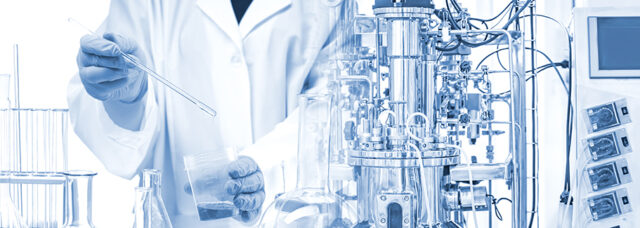Advances in Biomanufacturing: From Fundamentals to Future Frontiers

About Course
Biomanufacturing is revolutionizing the way we produce medicines, materials, and energy—and this course is your gateway into this cutting-edge field. Advances in Biomanufacturing: From Fundamentals to Future Frontiers takes students on a transformative journey from the basics of cellular biology and bioprocessing to advanced applications like bioelectronics, 3D bioprinting, and AI-driven manufacturing. Whether you’re passionate about science, sustainability, or space exploration, this course brings the biotech lab to life with vivid examples, interactive insights, and a forward-looking perspective.
Discover how living cells can become factories that produce life-saving vaccines, sustainable biofuels, and futuristic materials. Explore the intersection of synthetic biology and nanotechnology, and learn how tomorrow’s most critical innovations—like tissue printing or space-based manufacturing—are becoming reality today. Designed to equip you with foundational knowledge and visionary thinking, this course empowers students to be part of the global bio-revolution that’s shaping healthcare, industry, and the environment.
Course Content
Introduction
Overview of Biomanufacturing
00:00Evolution of Biomanufacturing
00:00